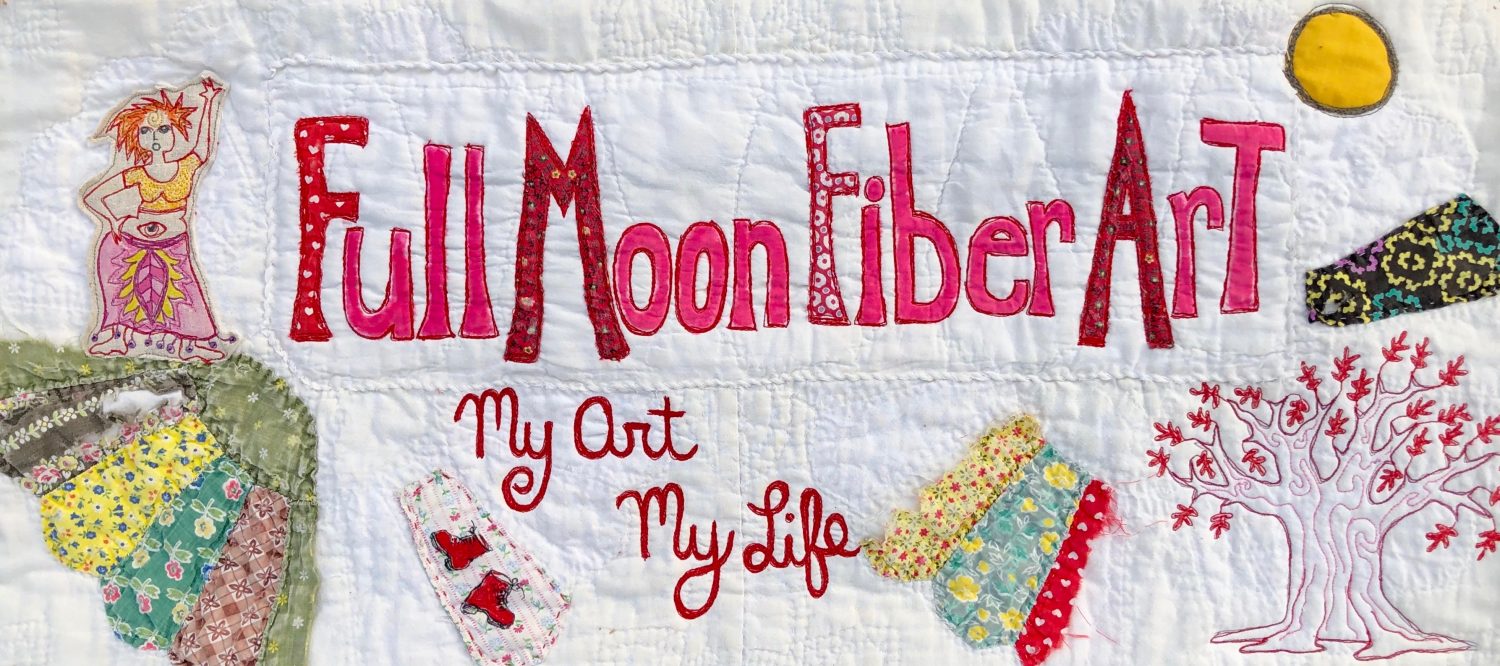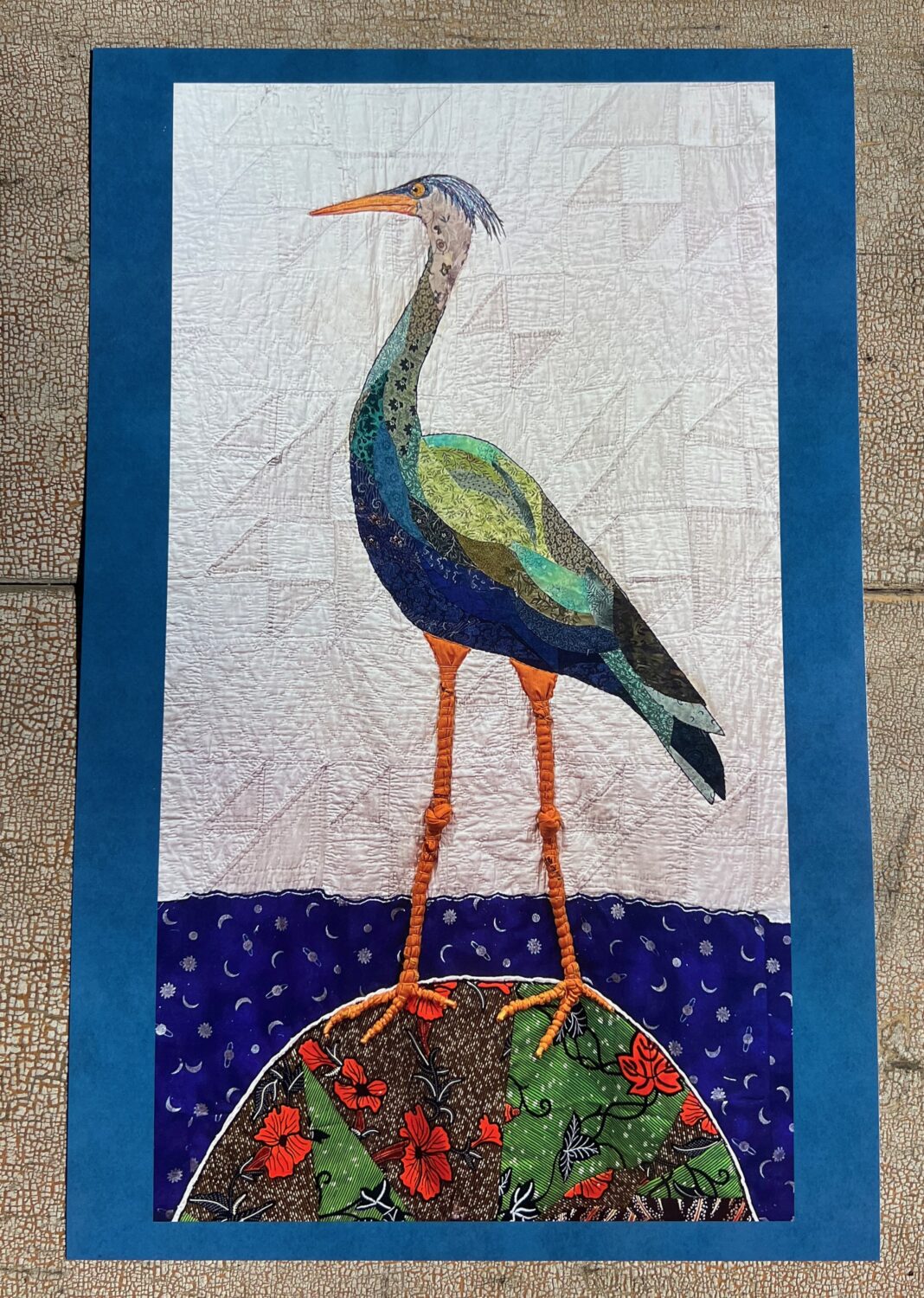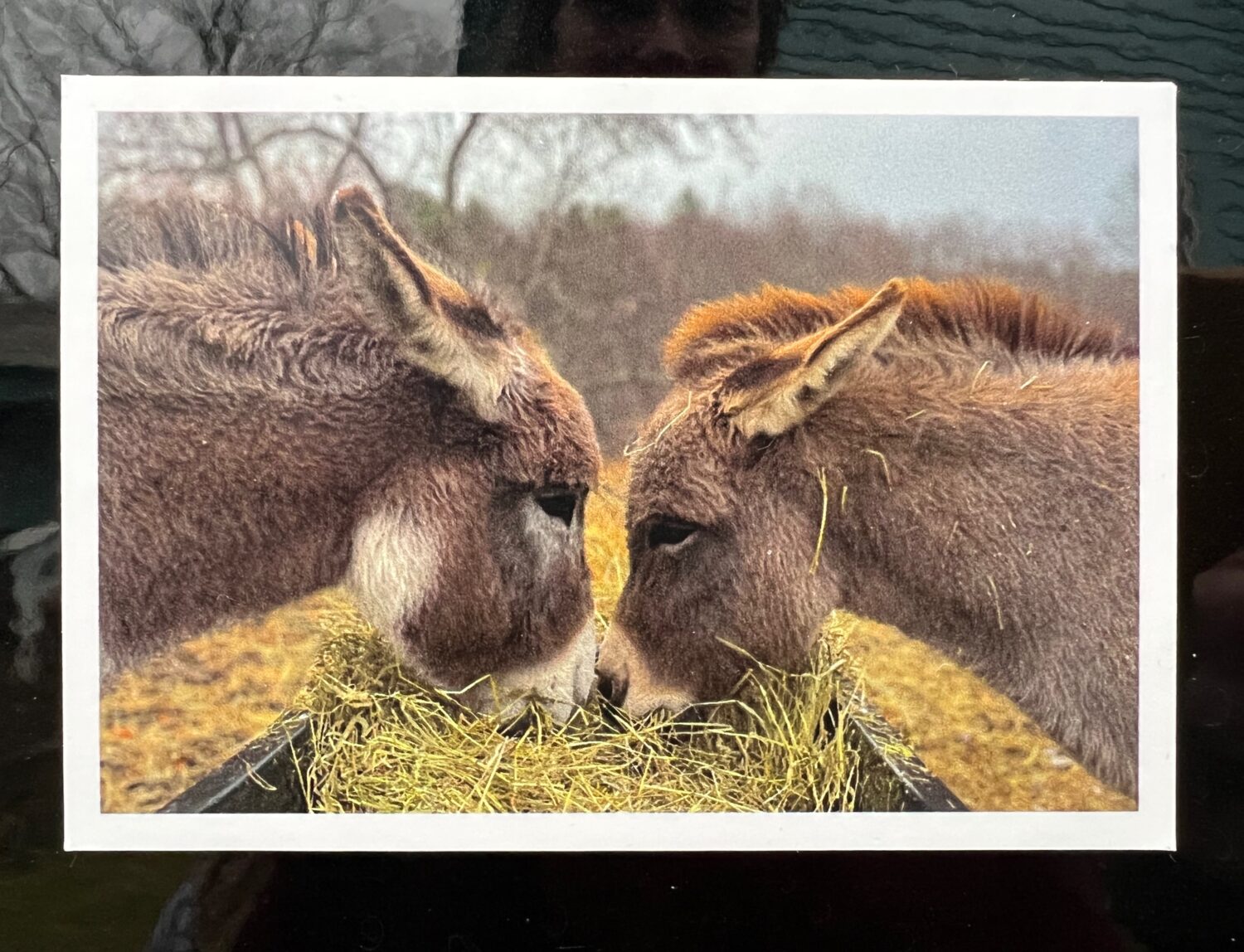
“I know you.” I say looking at the distinctively shaped leaf with the serrated edge. There’s a young tree, a bit taller than me that I pass on the way to the little waterfall in The Orphaned Woods. I’ve been watching it since the winter, paying attention to the few clues it has given me about who it is.
The thorns are what separate it from so many other trees. About an inch and a half to two inches long, they seem too big for the small thin tree. The thorns shoot out with a slight curve, the same color as a brach, tapering to a point.
When the leaves sprouted in the spring, I had never seen any like them before. But that speaks to my ignorance. Up until recently, I only thought of leaves coming in a variety of three different shapes.
This leaf didn’t fit the mold of any of them, so when I saw it again, on another tree, I recognized it right away. Only on this bigger tree, there was also some young fruit, like the barely formed apples that rain down from the Macintosh in our yard.
This extra clue was helpful. I’ve learned since trying to identify the trees in the woods behind the farm that so many of them are too similar for me to identify even cross-referencing with my field guide and apps.
But this time it worked, I took a picture of the leaf and fruit, put it into my Plantnet app and up came three different types of Hawthorne trees.

I’ve also learned to be satisfied, for now, with now having to know the exact type of Hawthorne tree. I’m taking a lesson from my beginning sculpture class to go from the general to the specific.
Now I walk in the woods and notice the bark on the tree in front of me. It’s easier this time of year. “Maple.” I say as I pass by, then look up at the leaves for confirmation. Lobed leaves like those of oaks and maples, even though they are all different depending on the type of tree, are easier for me to identify than Simple leaves.
I’m getting pretty good at seeing the difference between all the varieties of bark, even if I don’t know the name of the tree.
“Ah, “I say as I reach out my hand to touch the deep rough grooves of bark, “I recognize you, even if I don’t know your name.”
Since the leaves have come I’ve discovered the scaly bark of an oak tree that looks exactly (to me) like the bark of another tree I haven’t been able to Identify. But at least I know that they both exist and are two different trees.

This way of getting to know the trees is working for me.
I’m not good at memorizing things. I get easily bored and discouraged. I’m better at learning by seeing the trees in the context of the whole woods.
Now I see more and more trees growing in circles. Sometimes the same species, but not always. In one spot there’s a cherry tree, a maple tree and another tree whose bark I know, but not its name. They’re all the same circumference and height as if they all grew up together.
And yesterday, comparing the leaf of the pear tree in the back pasture with the leaf of an apple tree, I became aware of how there are simple leaves with jagged or toothed edges, like the apple leaf. And simple leaves with smooth or untoothed edges.
I’ve looked at examples of both in my field guide, but never really understood the distinction until I “discovered” it for myself.
I didn’t think that this was how I’d be learning to identify the trees in The Orphaned Woods. I imagined I learn them one at a time. Checking them off in my field guide like a to-do list.
But for me, this way is even more fun. It’s about seeing, about observing, and noticing the small details. It’s similar to the process of how I draw. It’s not about getting every single detail right, just the important ones that capture the essence of a thing.
Learning by observing has also taught me other things about trees, besides their names. Because I’m paying attention I noticed that the River Birches we planted around the farmhouse have both male and female flowers on them. Right now, they’re the same soft green color, the male catkins hanging and the female cones upright.
I’m excited about this new way of experiencing and getting to know The Orphaned Woods. I have a feeling the more I get to know about the trees, the more I’ll be able to see each tree as an individual, with their own complexities and nuances. Not unlike people.
















Hawthorne is good for the heart! as are trees in general.
I’m quite bad at memorization any more and I do more like you. It takes longer but you register a different sense of the plant or tree, a deeper understanding. I’m terrible at bird identification but I “get” what they are about at a visceral level and enjoy them.
Ah I didn’t know that Elizabeth. And I was thinking that this is similar as with birds. There are so many different types so closely related, I find it hard to tell them apart unless there is something obvious about them. But I know and enjoy them in the way you do.
There’s something about a name, isn’t there? For a person, a tree, a flower, a sheep. It’s a connection, a recognition, an acknowledgement of his/her/its existence. It makes everything personal.
Yes, Jill, it’s very true. It’s harder to dismiss or ignore something when it is named.
You might enjoy reading Finding the Mother Tree by Suzanne Simard!
Hi Susan, I’m reading it now! I have to write something about it. Now when I walk in the woods, I think also what is under my feet. Thanks!